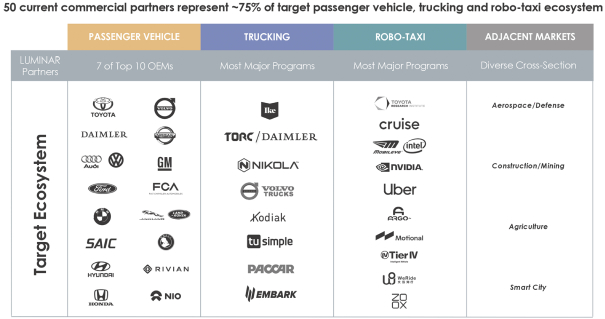“Insider Letters” has the meaning specified in
Section 8.11.
“Insiders” has the meaning specified in
Section 8.11.
“Intellectual Property” means all worldwide rights, title and
interest in or relating to intellectual property, whether protected, created or arising under the laws of the United States or any other jurisdiction, including rights in: (a) all patents and patent applications, including provisional patent
applications and similar filings and any and all substitutions, divisions, continuations, continuations-in-part, reissues, renewals, extensions, reexaminations, patents
of addition, supplementary protection certificates, utility models, inventors’ certificates, or the like and any foreign equivalents of the foregoing (including certificates of invention and any applications therefor) (collectively,
“Patents”); (b) all trademarks, service marks, brand names, trade dress rights, logos, corporate names, and trade names, and other source or business identifiers and general intangibles of a like nature, together with the goodwill
associated with any of the foregoing, along with all applications, registrations, renewals and extensions thereof (collectively, “Trademarks”); (c) all copyrights, works of authorship, literary works, pictorial and graphic works, in
each case whether or not registered or published, all applications, registrations, reversions, extensions and renewals of any of the foregoing, and all moral rights, however denominated (collectively, “Copyrights”); (d) all Internet
domain names and social media accounts; (e) all trade secrets, know-how, technology, Software, discoveries, improvements, formulae, confidential and proprietary information, technical information,
techniques, inventions, designs, drawings, procedures, processes, models, in each case, whether or not patentable or copyrightable (collectively “Trade Secrets”); and (f) all other intellectual property rights.
“Intended Tax Treatment” has the meaning specified in the Recitals hereto.
“Interim Financial Statements” has the meaning specified in Section 5.07.
“Interim Period” has the meaning specified in Section 7.01.
“Invention Assignment Agreement” has the meaning specified in Section 5.11(d).
“Issuance Proposal” has the meaning specified in Section 9.02(c).
“IT Systems” means all information technology, computers, computer systems, communications systems software,
firmware, hardware, networks, servers, interfaces, platforms, related systems, databases, websites and equipment owned, licensed, leased or otherwise used by or on behalf of the Company or any of its Subsidiaries.
“JOBS Act” means the Jumpstart Our Business Startups Act of 2012.
“Law” means any statute, law, constitution, treaty, principle of common law, resolution, code, ordinance,
rule, regulation or Governmental Order, in each case, of any Governmental Authority.
“Leased Real
Property” has the meaning specified in Section 5.19(b).
“Letter of
Transmittal” has the meaning specified in Section 3.04(a).
“Licensed
Intellectual Property” means all Intellectual Property (other than Owned Intellectual Property) used, practiced, or held for use or practice by the Company or any of its Subsidiaries.
“Lien” means any mortgage, deed of trust, pledge, hypothecation, easement, right of way, purchase option,
right of first refusal, covenant, restriction, security interest, title defect, encroachment or other survey defect, or other lien or encumbrance of any kind, except for any restrictions arising under any applicable Securities Laws.
“Lockup Agreement” has the meaning specified in the Recitals hereto.
“Lockup Period Expiration Date” means the expiration of the Common Stock
Lock-up Period provided in the A&R Registration Rights Agreement.
A-9

















